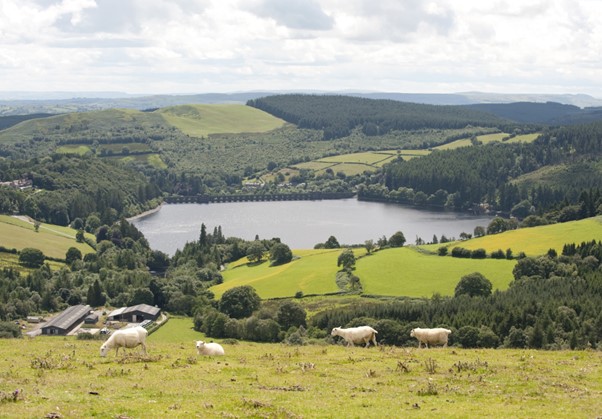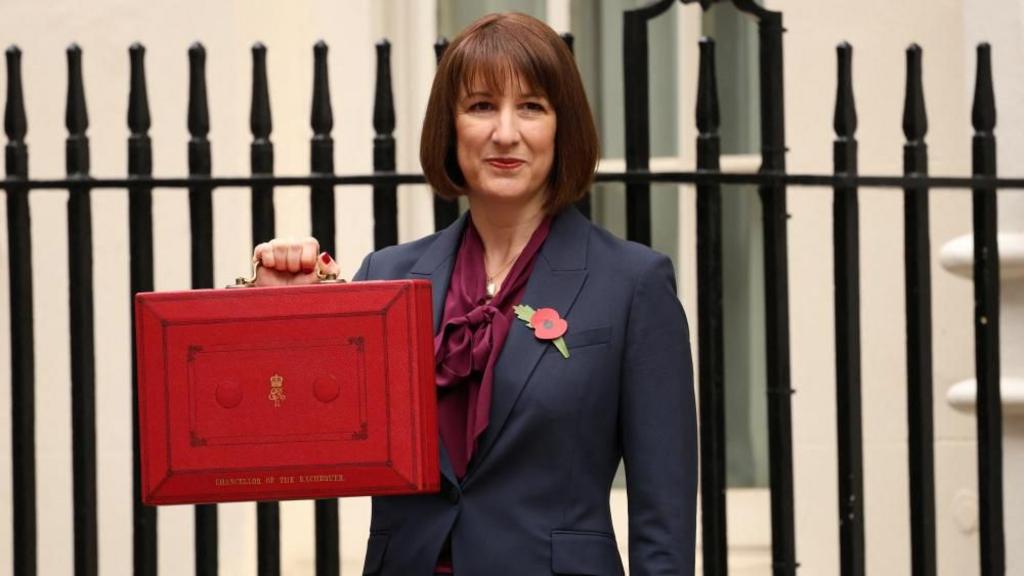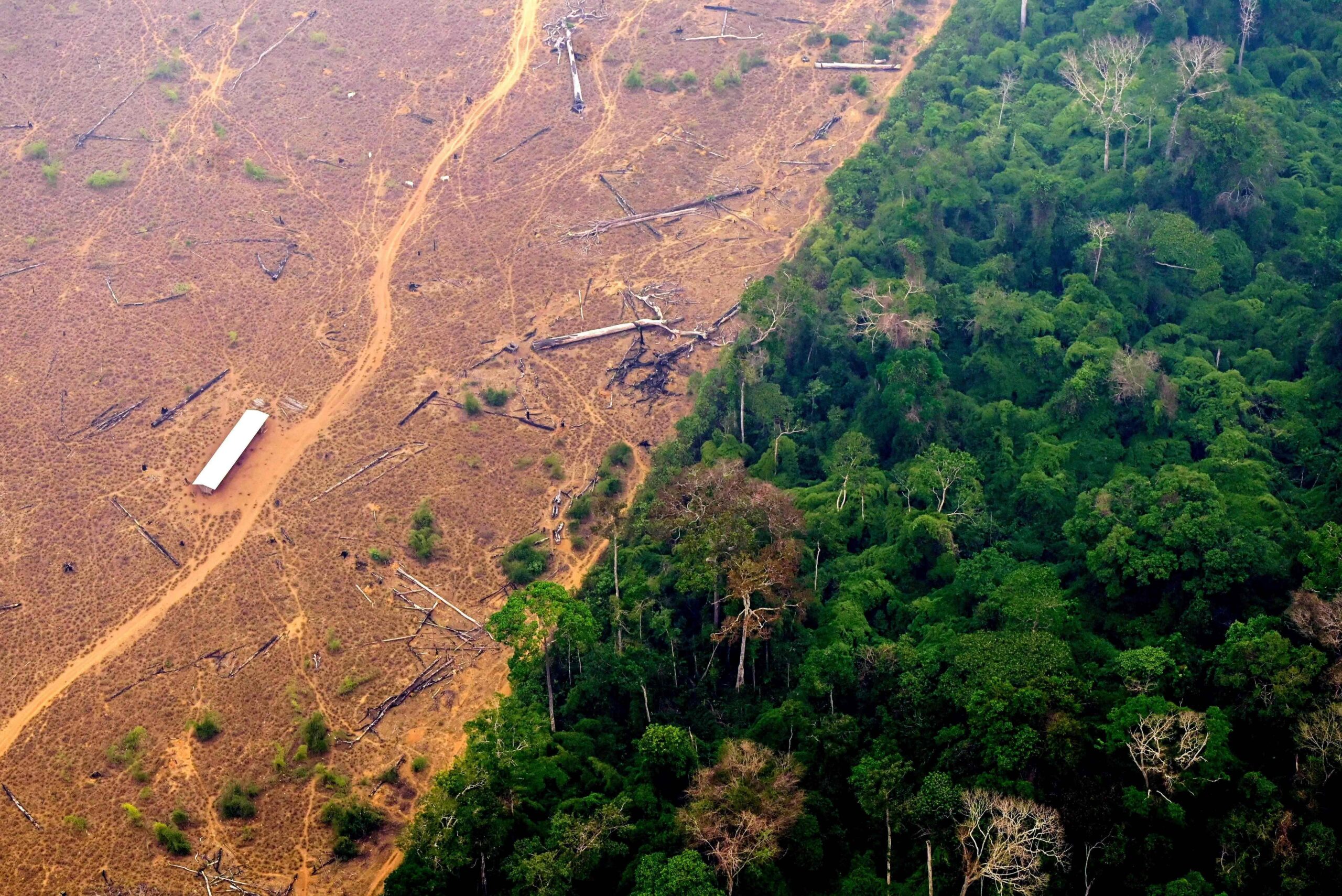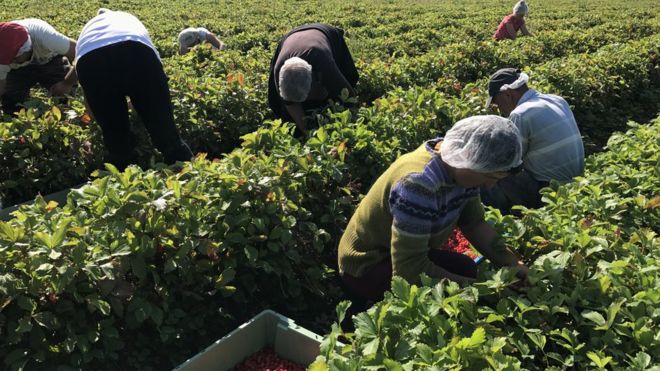Following the Budget, Defra has released further information on its farming support schemes for 2025. Details can be found in a Defra Blog post – https://defrafarming.blog.gov.uk/2024/10/30/budget-2024-maintaining-momentum/.
Delinked Payments
Following the Budget, Defra has announced the deductions to delinked (BPS) payments in England for 2025. Readers will recall we have been waiting to find out the reductions for the years 2025-2027. It appears the cuts will be far deeper than we, and many others, forecast. Defra has said, for 2025, it plans to apply a 76% reduction to the first £30,000 of a payment; we had previously estimated 65%. Importantly though, for amounts above £30,000, there will be no payment at all – the deduction will be 100%. This means that all English farms will receive no more than £7,200 in direct payments next year. I.e a BPS delinked Reference Amount of £40,000 will be cut to £7,200 in 2025, reducing from £19,500 this year. This will come as big shock to many, especially on the back of a poor harvest and two difficult autumns.
ELM
Defra has confirmed that SFI, Countryside Stewardship (Higher Tier) and Landscape Recovery schemes will continue.
The SFI 2024 expanded offer is open, although still requires an Expression of Interest to be submitted first and an ‘invitation’ from RPA to make an application. There is no indication when the scheme will be freely open.
There will be more information regarding Countryside Stewardship Higher Tier in December (previous announcements has said it would be available ‘in the autumn’). Farmers with expiring HLS or Higher Tier agri-environment agreements this year will be offered an extension to their existing agreement, supposedly to allow them time to move into new agreements in an ‘orderly way’. The long-awaited process for those in legacy HLS agreements and those farming on Commons to transfer into new schemes, which was supposed to have been available from September has been pushed back until next year now – Defra states ‘Next year, we will make it much easier for farmers in legacy HLS agreements and those farming on Commons to transfer into new schemes smoothly, as and when they wish’. This transfer process which was promised at the outset of ELM, appears to keep getting pused back. Furthermore there is no real announcement on the third element of ELM, Landscape Recovery, the previous Government had committed to annual rounds, but there has been no application available this year as yet. The latest announcement says ‘we will share more about future rounds of Landscape Recovery in due course’.
Other Support
Defra has confirmed it will honour the £60 million which was made available under the Farming Recovery Fund to support those affected by Storm Henk and other severe weather last winter. It has said the RPA will contact eligible farmers directly. It has also stated ‘We will simplify and rationalise our grants offer to prioritise the initiatives that deliver the most critical support for food security and environmental goals in England. We will confirm the plans for our grant rounds in due course’. It is unclear what this is actually referring to, whether this is the capital grants under the Farming Investment Fund, which have not opened as ‘expected’ this year.











